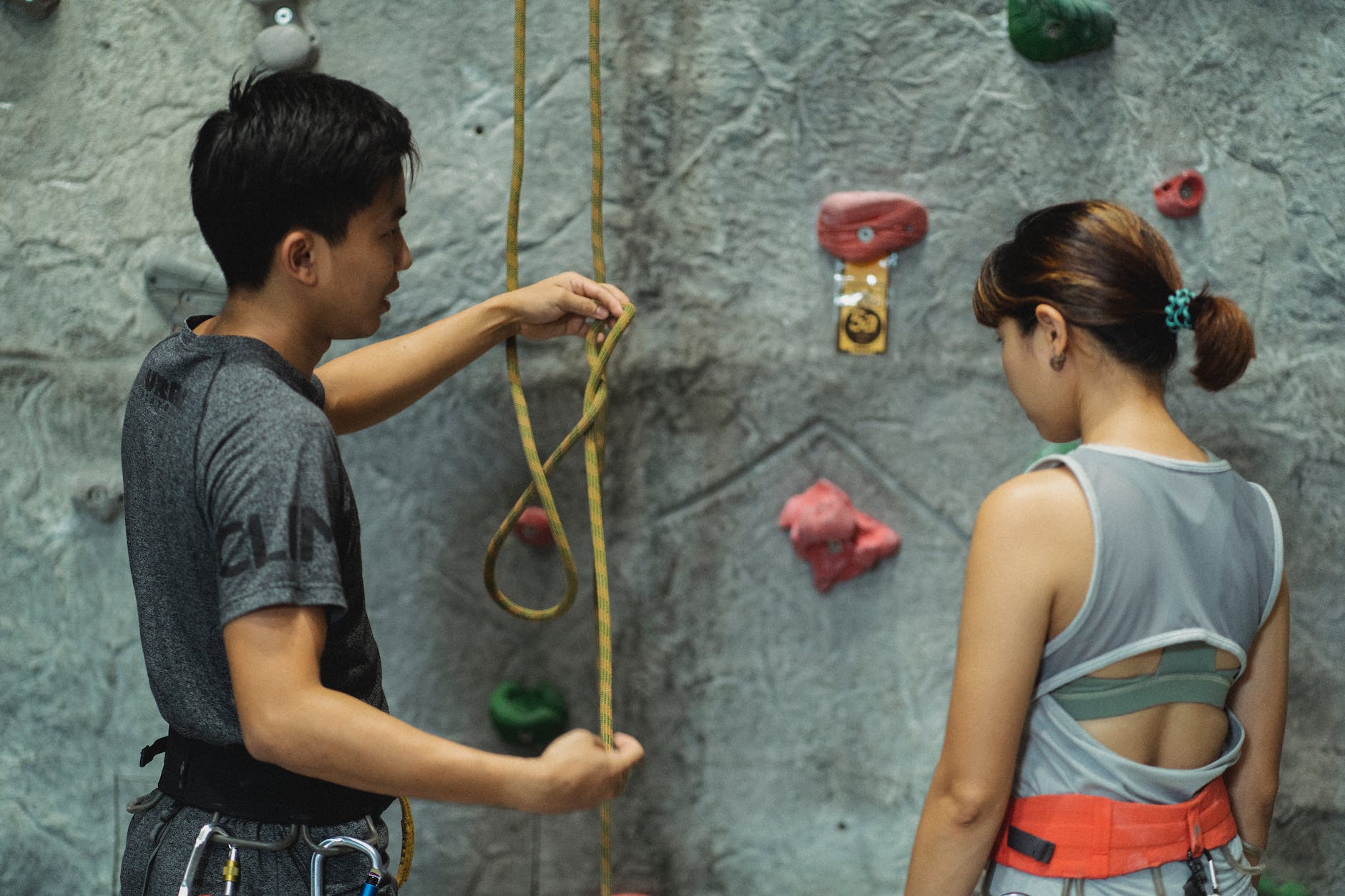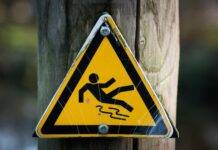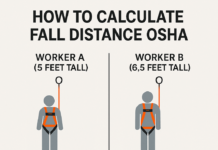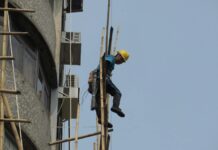
Full Body Harness 100% Tie Off: Ensuring Safety Above All
In various industries like construction, maintenance, and rescue operations, ensuring safety while working at heights is paramount. One critical aspect that professionals prioritize is employing a full body harness with 100% tie off. This article dives deep into the significance, types, components, proper usage, and benefits of such harnesses, elucidating their pivotal role in safeguarding lives and preventing accidents.
Introduction to Full Body Harnesses
Harnesses serve as a crucial safety measure for individuals working at elevated positions. They distribute the impact of falls across the body, mitigating potential injuries. Among these, full body harnesses stand out for their comprehensive coverage, encompassing the torso, shoulders, and legs.
Importance of 100% Tie Off in Harnesses
The term “100% tie off” denotes securing oneself to a lifeline or anchor point at all times while working at heights. This practice ensures continuous protection against falls, significantly reducing the risk of accidents.
Understanding 100% Tie Off
Achieving 100% tie off involves utilizing proper connectors, lanyards, and anchor points to secure the harness to a reliable structure. This practice prevents free falls and minimizes potential injuries.
Types of Full Body Harnesses
Different industries necessitate varying harness designs catering to specific needs.
Standard Full Body Harnesses
These harnesses are versatile and widely used across industries due to their general-purpose design.
Suspension Full Body Harnesses
Primarily used in rescue operations, these harnesses allow hanging freely without causing discomfort.
Climbing Full Body Harnesses
Designed explicitly for climbing activities, these harnesses emphasize flexibility and freedom of movement.
Components of a Full Body Harness
Understanding the components of a harness is pivotal for proper utilization.
Shoulder Straps
These distribute the impact forces evenly across the upper body.
Chest Strap
It secures the harness, preventing it from riding up during falls.
Leg Loops
They prevent the harness from slipping off during a fall.
D-Rings and Connectors
These serve as anchorage points for lanyards and lifelines.
Benefits of 100% Tie Off
The primary advantage lies in enhanced safety, significantly reducing the risk of falls and related injuries.
Safety Regulations and Standards
Various regulatory bodies dictate guidelines ensuring the proper usage and maintenance of harnesses to guarantee maximum safety.
How to Properly Use a Full Body Harness with 100% Tie Off
Adhering to specific guidelines ensures optimal safety measures.
Inspection and Maintenance
Regular checks and maintenance are crucial for harness longevity and reliability.
Correct Fitting
Ensuring the harness fits snugly and correctly on the body is imperative.
Training and Awareness
Proper training and awareness programs educate workers on the importance of 100% tie off and proper harness usage.
Industries Requiring 100% Tie Off
Numerous industries, including construction, telecommunications, and wind energy, mandate the use of 100% tie off for elevated work.
Common Mistakes to Avoid
Neglecting proper inspection, incorrect fitting, and lack of training are common errors that compromise safety.
Real-life Scenarios Emphasizing 100% Tie Off Importance
Illustrative incidents highlight the critical role of 100% tie off in preventing accidents and saving lives.
Innovations in Full Body Harness Technology
Continuous advancements in harness design aim to improve comfort and safety for workers.
Ensuring Comfort While Ensuring Safety
Efforts are ongoing to make harnesses more comfortable without compromising safety standards.
Conclusion
The use of a full body harness with 100% tie off is a non-negotiable safety measure in various industries. Prioritizing safety through proper harness usage, compliance with regulations, and ongoing innovations remains pivotal in safeguarding workers’ lives.
Fall Protection Plan Requirements
Work at Height Toolbox Talk Meeting
How to Make JSA for Work at Height Activity
How to Make HIRA on Work At Height?
FAQs
- Why is 100% tie off crucial in harness usage? 100% tie off ensures continuous protection against falls, minimizing the risk of injuries.
- Are there specific industries mandating 100% tie off? Yes, industries like construction, telecommunications, and rescue operations require 100% tie off for elevated work.
- How often should a full body harness be inspected? Regular inspections, preferably before each use, are recommended to ensure harness safety.
- Can a poorly fitted harness compromise safety? Absolutely, an ill-fitted harness can lead to potential accidents and injuries.
- What are the primary components of a full body harness? Shoulder straps, chest strap, leg loops, and D-rings/connectors constitute the primary components of a full body harness.
























